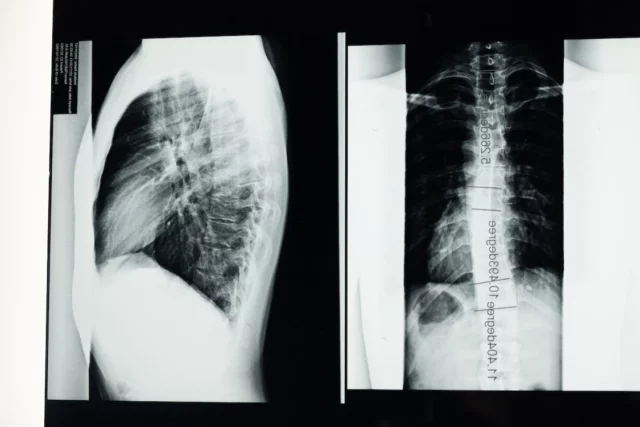
It is not possible for the Occupational Safety and Health Administration (OSHA) to inspect the more than seven million workplaces in the United States. Instead, OSHA prioritizes its inspections based off the most dangerous workplaces:
- Imminent danger situations
- Job sites that could cause death or serious injury have top priority. OSHA inspectors will request that a hazard be taken care of immediately or that a company remove employees from the danger.
- Fatalities and catastrophes
- OSHA will inspect job sites that had an incident involving the death of a worker or the hospitalization of three or more employees.
- Complaints
- Employees who allege their employer has violated safety rules receive priority as well.
- Referrals
- Third party observers (i.e. federal, state or local agencies, organizations or media) who report job site dangers.
- Follow-ups
- OSHA will recheck job sites that received a citation or violation to make sure they are in compliance.
- Planned or programmed investigations
- Inspections focus on industries that have experienced a high number of injuries and illnesses and that have numerous hazards.
Who Conducts Inspections for OSHA?
OSHA has compliance safety and health officers who are responsible for conducting inspections for the organization. These officers “are experienced, well-trained industrial hygienists and safety professionals whose goal is to assure compliance with OSHA requirements.”
OSHA officers help employers and employees reduce job site hazards to prevent injuries and death in the workplace.
Fortunately, organizations such as OSHA help keep workers safe, but as OSHA has noted, it cannot inspect every single workplace. If you have sustained an injury while working on a dangerous jobsite, you may have a claim to receive compensation for your injuries.
The Law Offices of Aaron Allison – Austin Workers’ Compensation Attorney
Source: https://www.osha.gov/OshDoc/data_General_Facts/factsheet-inspections.pdf





